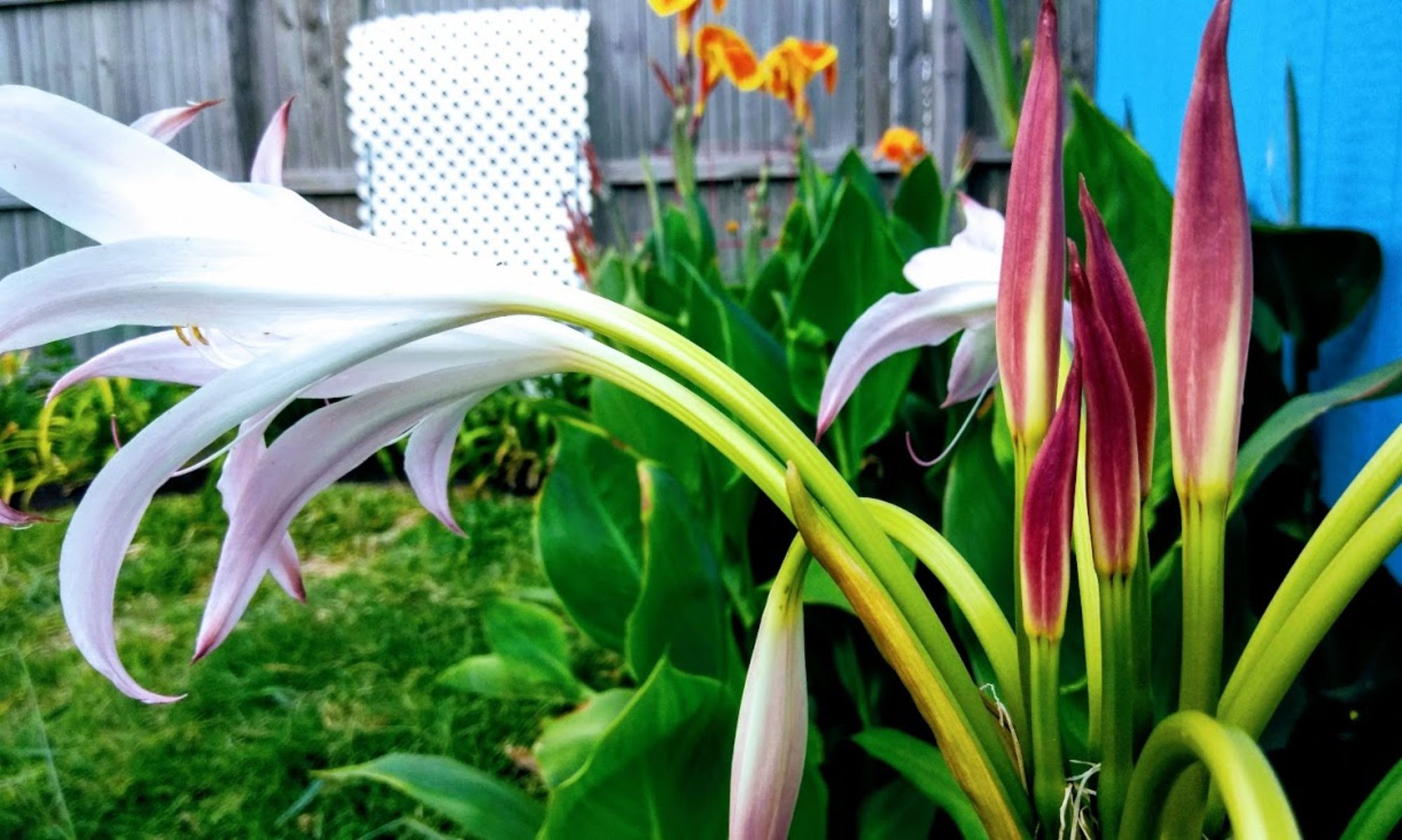
It's time for the Herbal Face Food(HFF) Plant of the Month! A monthly dedication to the various plants used by HFF to create their amazing skin care products. This months HFF plant moment is dedicated to the amazing Yarrow.
Yarrow has become one of my favorite wild herbs. Those who don't have it in their gardens probably are not aware of its medicinal and health benefits. Yarrow provides vitamins A, C potassium, zinc, magnesium, calcium, phosphorus, and niacin. Yarrow is also commonly known as an astringent with anti-inflammatory properties which is one of the main draws and with all of this its no wonder HFF wants Yarrow in their amazing serums.

About Yarrow
Yarrow originated from Europe and Asia and is now commonly found all around the globe. The scientific name for Yarrow is Achillea millefolium other names include common yarrow (the white wild Yarrow), nosebleed plant or soldier's wound wort. Several of these names tell us clearly that one of the benefits of Yarrow is blood and wound dressing. Dr. Nicole Apelian describes Yarrow in her book, The Lost Book of Herbal Remedies as, “nature's tourniquet.”
Yarrow comes in several colors from white to light pinks and purples to red and yellow. kidadl.com has a great list of specific types including their colors! I have read however that common Yarrow, that grows wild with white flowers is the best and strongest for medicinal use.

Benefits of Yarrow
The benefits of Yarrow are so vast, it truly is an amazing plant for skin. Here are just a few of the uses:
-
- Yarrow can be used in teas fresh or dried for nausea or stomach flues, hard menstrual cycles or reducing fevers (as it creates sweating). Women that are pregnant should not drink Yarrow tea.
- Powder from dried yarrow can be used to stop bleeding (many sites caution not to use on deep wounds as it will heal it too quickly from the inside).
- Fresh yarrow leaves can also be used as a poultice for bleeding and the leaves can be used for stopping nose bleeds.
- Yarrow helps reduce swelling in bruises, or sprains or can be used as a antibacterial on scratches or minor cuts.
- Yarrow flowers can be used in baths for itchy skin or hives.
- The leaves and flowers can be made into a tincture with Alcohol or as an oil in olive oil or carrier oils. It can even be made into a salve with beeswax and infused yarrow oil.
- Yarrow can be substituted for hops and barley in beer and and mead.
Continue The Journey: Read more about growing and using this wonderful plant:
-
- Growing Yarrow
- Yarrow Tea Recipe (coming soon!)
Brought to you by Herbal Face Food
 The plant of the month series brought to you by Herbal Face Food. A company I'm very happy to support. Each of their products are made with 100% plants! The most powerful plants in the world. As they say, "HFF is not plant based it's plant powered" bringing together up to 100 different plants depending on the product. HFF is the only 100% plant based skin care product on the market. Note: I do make a small commission on referrals. As a result I'm able to offer a 20% discount to my readers along with tips on how to grow and use these same wonderful plants in your own home or plot gardens.
The plant of the month series brought to you by Herbal Face Food. A company I'm very happy to support. Each of their products are made with 100% plants! The most powerful plants in the world. As they say, "HFF is not plant based it's plant powered" bringing together up to 100 different plants depending on the product. HFF is the only 100% plant based skin care product on the market. Note: I do make a small commission on referrals. As a result I'm able to offer a 20% discount to my readers along with tips on how to grow and use these same wonderful plants in your own home or plot gardens.







 The plant of the month series brought to you by
The plant of the month series brought to you by 










You must be logged in to post a comment.